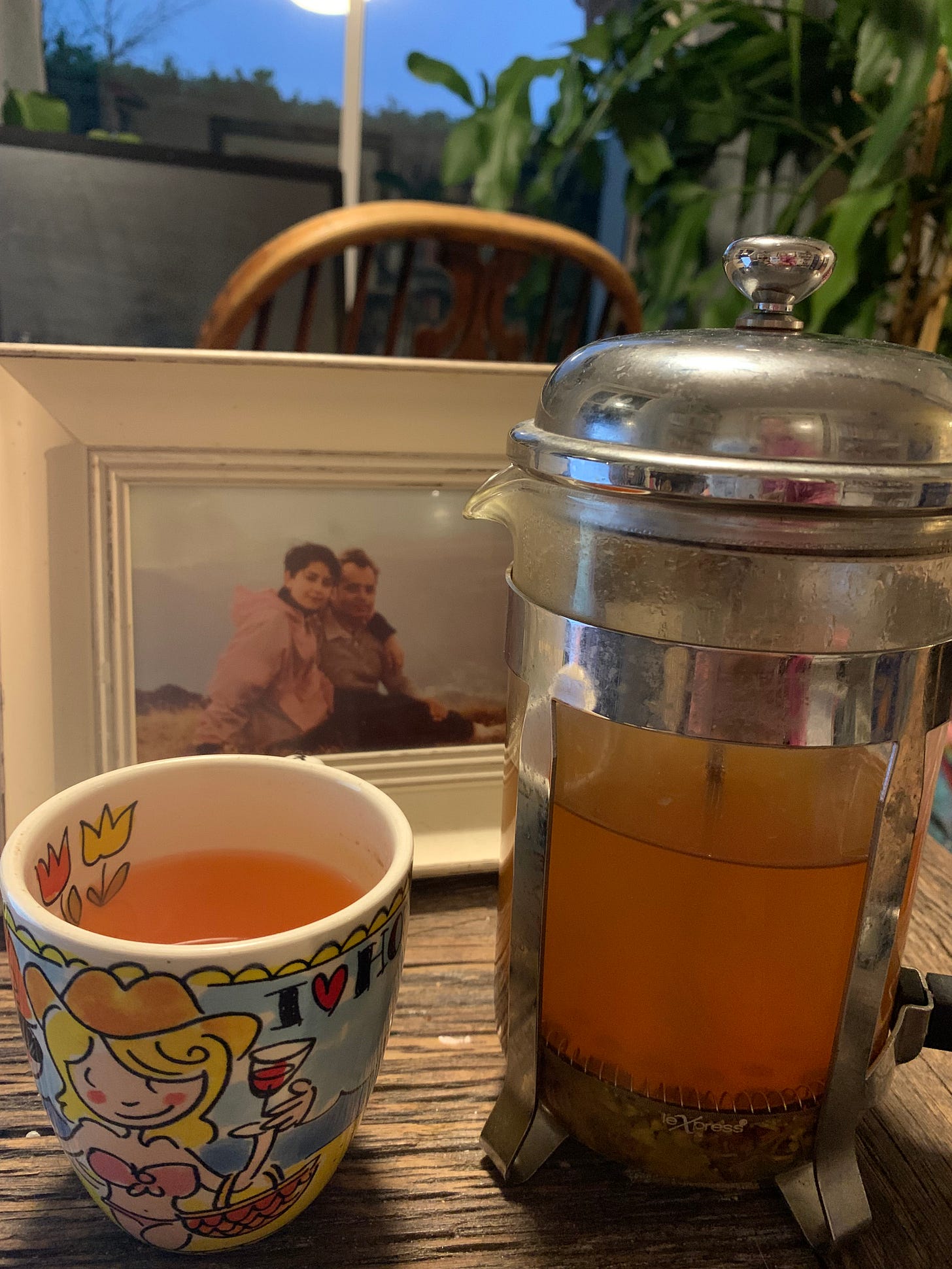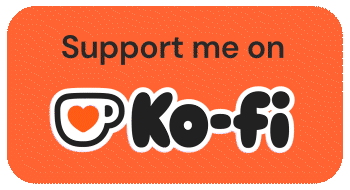History unfolding in front of her eyes Chapter 23 Naked truth
Romanian revolution - Grey days, grey nights, Chinese whispers and many lies
Another cup of healing brew in her hand, Martha is ready for another trip back in time, another journey down memory lane, 35 years ago.
DECEMBER 21, 1989
It was 21 December 1989, the day Nicolae Ceaușescu made a fateful decision. Advised to rally the masses to demonstrate their support for the Communist Party and his regime in response to the unrest in Timișoara, he believed a show of loyalty would quiet the growing dissent. Instead, it marked the beginning of the end.
Dressed in his usual formal attire, complete with a warm hat, and standing beside his wife Elena, Ceaușescu addressed the crowd from the balcony of the Central Committee building. The large square below was packed with people, summoned at midday by the network of Communist units operating in factories and workplaces—a common practice at the time.
Initially, the crowd in Bucharest’s Palace Square (now known as Revolution Square) appeared to react as expected: cheering and applauding, waving flags and portraits of Ceaușescu. However, as Ceaușescu spoke, attempting to dismiss and minimise the unrest in Timișoara and offering small concessions which sounded ridiculous given the magnitude of the moment, concessions like wage increases, portions of the crowd began to boo and shout.
DOWN WITH CEAUSESCU
The unrest quickly escalated, and chants against him—such as "Down with Ceaușescu!"—rang out, followed by loud whistles. This was unprecedented—a shocking display of open dissent. Rumors suggested that in the last five to eight years of his reign, Ceaușescu had been surrounded by a circle of yes-men who shielded him from the reality of life in Romania. They kept vital information from him, hiding the harsh conditions endured by the majority: cold, unheated apartments, endless queues for basic food supplies, rampant bribery at the highest levels, and the emotional exhaustion of a nation burdened by countless sacrifices—particularly in the past decade.
The shock was evident on Ceaușescu's face as he tried to calm the crowd, raising his hands in his usual style and offering promises. But the chants only grew louder.
The live broadcast of the event, meant to showcase his control, a way of showing all is good, nothing to worry about —something typical of his speeches—was abruptly cut off as the situation spiralled out of control.
This was the beginning of the end of an era.
MARTHA AND HER REALITY
Martha was not in the square that day. She was at the hospital with her father, and she vividly remembered the moment the radio went silent. The events were being broadcast on both radio and television, and the sudden, deafening silence was unforgettable—quickly followed by the solemn strains of patriotic music.
It was one of those iconic moments etched into history, much like when Kennedy was assassinated or the first human allegedly stepped on the moon (a topic for another post), or when Stalin died. Moments like these are burned into collective memory.
So, where were you when the TV or radio transmission stopped on December 21, 1989?
We still know so little about that day and what truly happened in the square. Who started chanting against Ceaușescu for the first time? Some say the chants were projected through speakers, that infiltrators within the crowd had clear instructions and orders from those orchestrating the coup. Will we ever truly know what happened? Probably not. So much ink has been spilled, so many hours of debates held, and yet, the trials remain inconclusive.
Martha has always believed that the system never wanted the truth to reach the people. Letting rumours circulate is often the most effective way to obscure reality. Rumours become Chinese whispers very quickly. Sometimes, the truth is hidden in plain sight, but the noise surrounding it blurs and buries it.
Witnessing such traumatic times left an indelible mark on her soul, her skin, and her heart.
After so many years, she realised that the events of that time were never truly discussed within her family—never explored, never understood. They were swallowed up in a whirlwind of personal drama, blurring together in a haze of pain, fear, sadness, despair, and loneliness. Which emotions belonged to the upheaval of the regime, and which were rooted in her personal struggles? No one ever tried to untangle them.
Because of this silence, the shock remained deeply embedded, lingering in her body and soul for years—an unresolved wound.
Unexplored trauma and unexpressed emotions have a way of coiling within the soul like a snake, lying dormant until the moment it strikes—often when one is at their most vulnerable.
The night of December 21st was more and more volatile. The anger was palpable born out of desperation and exhaustion! People were tired of the lies, tired of a road without any lights at the end of the tunnel and the news about people killed on Timisoara fuelled it all like petrol on a fire in the middle of the field..
Soldiers and riot police were deployed to suppress the uprisings, but it was futile! The impact was the opposite! What followed were more street battles, with protesters throwing stones, barricading streets, and fighting with the security forces. Gunfire was heard as the military was called in to suppress the uprising.
Things were getting out of control, the history wheel was turning with a speed recognised only by historians after the event!
They have a saying in Romania:
Nu aduce anul ce aduce ceasul! It proved to be spot on.
"What the year does not bring, the hour may."
In those days one one of as not used to talking about such things over the phone so Martha has no memory of any conversations taking place.
What was clear is that people in the centre of Bucharest were injured as a result of the clashes and some were brought in the hospital where her father was. She remembers one young guy being in the same ward with her father. He has a bullet injury in one leg.
Those days one one side seemed to go on a flash on another seemed to go on forever.
22nd December - betrayed by his inner circle
On December 22, 1989, Nicolae Ceaușescu's regime crumbled as he was betrayed by members of his inner circle and forced to flee under dramatic circumstances. That morning, Ceaușescu organised an emergency meeting at the Central Committee building. Present were high-ranking officials from the army, special forces, and the Communist Party, as he desperately sought to regain control over the dangerous situation.
The chaos of the previous day had left Bucharest in turmoil. People flooded the streets, military tanks and security forces were deployed, and riots broke out across the city, close to the intercontinental hotel. By this point, the regime's grip on power had weakened beyond repair. Crowds, emboldened by their numbers and fuelled by anger, converged on the Central Committee building where the meeting was taking place. They stormed the entrances, and the situation quickly became dramatic for Ceaușescu. His safety was no longer guaranteed, and an evacuation was ordered.
THE HELICOPTER
While the iconic image of Ceaușescu fleeing in a helicopter has become synonymous with his downfall, some historians and political commentators argue this was an unnecessary, scripted display. Secret tunnels beneath the Central Committee building could have provided a safer and less dramatic escape route but also less visible.
However, using the helicopter added dramatic flair to the unfolding narrative, sealing Ceaușescu’s legacy as a dictator fleeing in panic and this is exactly what the “script writers” needed for special effect.
Rumors swirled in the immediate aftermath of Ceaușescu's escape. Some speculated that he had fled the country, possibly to Africa, where he had cultivated strong relationships with many leaders on the continent. However, the reality was far less dramatic. Ceaușescu and his wife, Elena, were captured later that day, marking the definitive end of their regime and setting the stage for their trial and execution on December 25, 1989.
CHAOS
Yet, as this chapter of history unfolded, chaos engulfed the nation. Lives were lost without purpose as a frenzied witch hunt took hold. The so-called "terrorists"—rumoured operatives loyal to Ceaușescu—were said to be hiding in the country, attempting to prop up the regime. These baseless rumours led to devastating consequences. Entire buses of military soldiers were mistakenly targeted and shot by other army groups, each side believing the other to be "terrorists."
Pain, confusion, and senseless deaths spread like wildfire. For what? I wonder if those caught up in the hysteria believed any of it was worth the cost. Was there a moment of doubt, or did the feverish hunt for an imagined enemy part of the script?
What is clear is that lots of “moles” became active and stepped in their roles.
What I know for sure is that the Romanian Revolution saw horribly intense street fighting, particularly in Bucharest, where both the army and the secret police (Securitate) were involved. The confusion and misinformation during those days led to many rumours, including exaggerated claims about atrocities. These stories, often fuelled by the emotional intensity of the revolution, have been part of the broader atmosphere of fear and chaos that surrounded the collapse of Nicolae Ceaușescu's regime.
DRAMA AND RUMOURS
Fear, drama, and exaggerated stories all played a significant role in shaping the public's acceptance of what was about to unfold, discouraging critical questioning.
Martha reflected on the Russian Revolution and the tragic fate of the Russian Tsarist family. In both instances, unnecessary murders were carried out under the guise of justice or necessity, leaving a haunting legacy of violence and a huge negative stain on the country’s destiny.
The parallels struck her deeply—how chaos and a thirst for retribution could obscure reason and humanity, leading to actions that would later be debated as either inevitable or entirely avoidable.
In both cases, unnecessary murders were applied.
35 years later and the truth is still nowhere to be found.
To be continued!
Until next time be well!
If my work inspires or uplifts you, why not help keep the creativity alive? Support me on Ko-fi and be part of my journey! Over time, you’ll find downloadable copies of my paintings, creativity workbooks, and much more. Thank you for fueling the inspiration!
December Reflections: St Nicholas the Traditions, and the Pursuit of Authentic Joy - Naked truth chapter 19
Talking about December—going through December—is quite an experience for Martha. So many emotions, so many memories, so much pain. Yes, pain and also bright memories. Here we go again, thinks Martha, ready to tackle another subject.
Self Love in photography, painting, drawing and a free self love mini course
Three weeks ago, I accepted a challenge initiated by one of our fellow Substackers. Honestly, I didn't think I'd make it past the first week—but here I am, still going strong! The challenge involves taking daily photos inspired by our everyday lives.








My dear Daughter,
As I wrote in my post a couple of weeks ago, In other East European countries (Poland, Czeko-Slovakia, Hungary , and in a way also in East Germany, the "Ancient Regime" collapsed in 1989 triumfantly and peacefully. The feature that long-time dictators detach form reality is universal. In Hungary Kádár made a troubled speech in the last Central Committee meeting of the party, never officially published, but widely commented later on. He admitted to have troubled visions of Imre Nagy, the martyr prime minister of 1956. He was demoted and the "New Turks", younger generation, open minded patriots set the stage to a peaceful transition to democracy. To our fortunate state of affairs at the time, not one drop of blood was wasted in the transition.